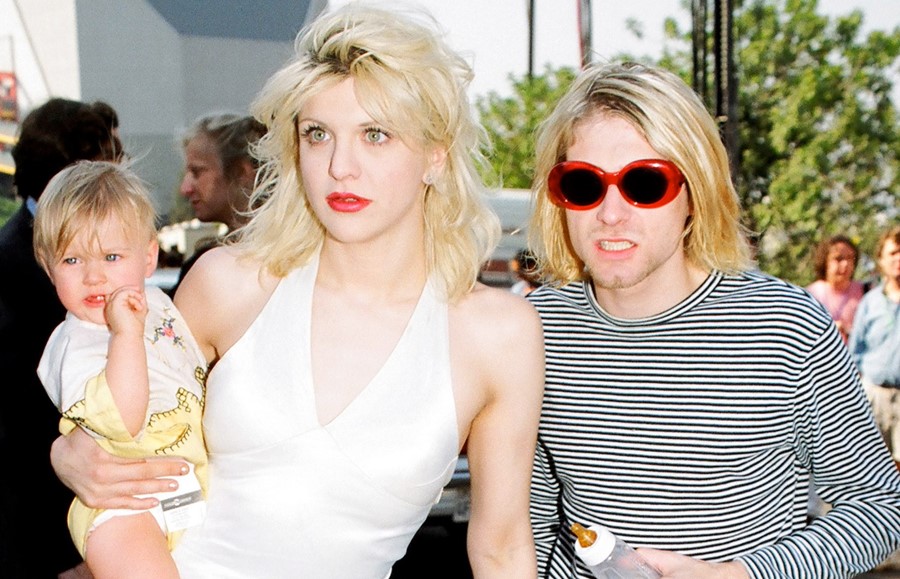From Aphrodite to Courtney Love, we examine five pop culture heroines whose dedication to platinum has had generations reaching for the bleach
Is there any DIY transformation more satisfying that that of bleaching one’s hair? While chemist-sold Crazy Colours which wash in and out effortlessly are undeniably practical, not least for a six-week-long summer break from school, there’s something pleasingly permanent about peroxide. Men and women have been colouring their locks since time began: in 29AD, Pliny reported using a formula comprising leeches and vinegar fermented in a lead pot and applied in sunlight to obtain the most desirable hue (he recommended holding oil in the mouth to prevent staining of the teeth, but overlooked other more serious side-effects of lead poisoning), while Roman Catholic clergymen of the Middle Ages considered blondes both natural and bleached a dangerously seductive threat to men (a warning which, of course, only served to make them even more so). In the years since, punk’s proclivity for DIY has swept subcultures, and bleach has left many a bath towel a blotchy orange.
Mixtures used to achieve various colours over the years have ranged from lard, henna, turmeric and indigo to red ochre and leek; by the time L’Oréal founder Eugene Schueller invented commercial hair dye in 1907, in fact, his official blend was practically the only one which hadn’t already been used as a colourant. Duly inspired, we consider five women whose fondness for bleach has seen whole generations follow their lead.
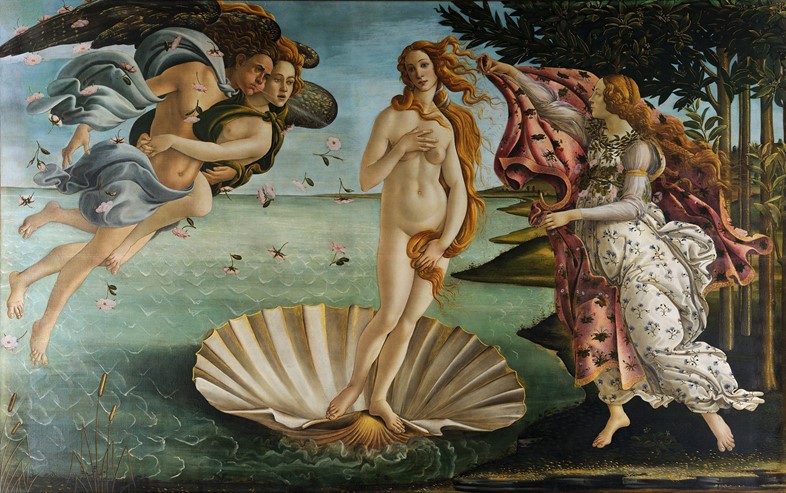
Aphrodite
Trends in hair colouring varied wildly in ancient history, as with all periods, undulating between a favour for deep henna tones and fair, yellowish blondes. Among ancient Greeks, however, a preference for the latter originated with one particular figure of interest. “Aphrodite, the goddess of love, was portrayed with golden hair,” writes Victoria Sherrow in Encyclopedia of Hair: A Cultural History. “Light hair was also associated with health and youthfulness, which the Greeks admired.” By the fourth century, she continues, most Greek woman tended either to dye their hair or to dust it with colour, formulating harsh bleach-like soaps to set the colour.
In the years which followed, the association between fair hair and the goddess of love waned – in part due to its association with high-class prostitutes, called hetairai, who coloured their hair blonde, Sherrow explains; at one moment in ancient Rome it was even adopted as the tell-tale mark, as ubiquitous as the chalk price inscribed on the sole of a woman's shoe in later years. The trend soon resurfaced, however, as it always does; when Greek culture reached Italy, during which time Roman soldiers had begun bringing fair-haired slaves back from Celtic Gaul, women took to dye again to regain their male attention from their Scandinavian competition. No expense was spared. “Wealthier people could afford to sprinkle actual gold dust on their hair to create a blond look, as did the ancient Phoenicians,” says Sherrow. Luxury indeed.
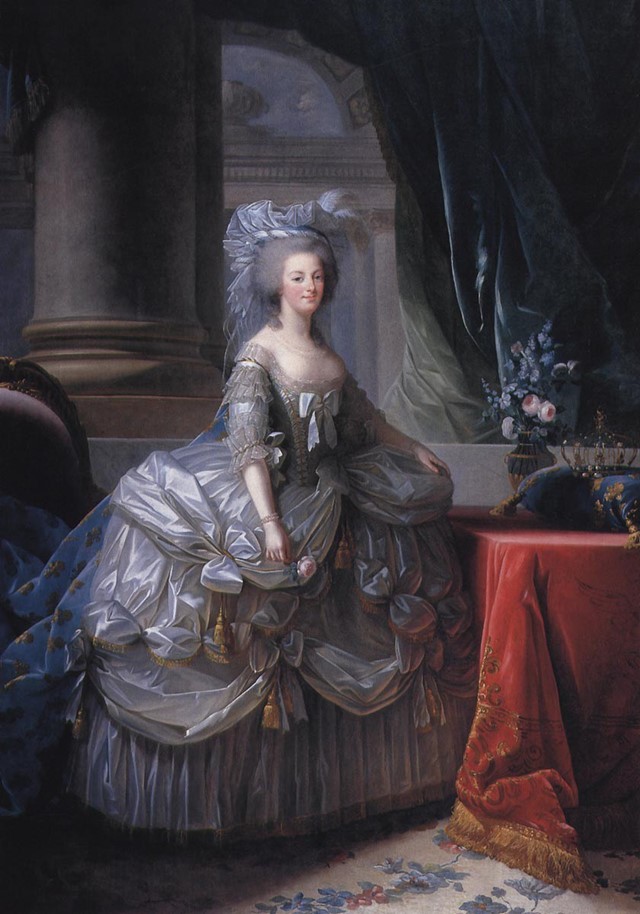
Marie Antoinette
The history of colouring one’s hair was rife in the French court, originating with King Henry IV of France, who reigned from 1589 until 1610, and who used (understandably, given the length and demands of his reign) to apply dark powder to conceal his greys. Whatever its origins, however, the trend climaxed quite spectacularly with Marie Antoinette, who popularised the use of white powder (favoured because white wigs were expensive and difficult to come by, and thus worn only by people of means) as a method of making the hair appeal fairer – as was unforgettably immortalised by Sofia Coppola's 2006 film. Handily, the mixture also reduced grease at its roots – dry shampoo for the 18th-century nobleman or woman, if you like. Although white was very popular, hair powders were also sold in brown, grey, orange, blue, pink, red and violet hues.
Less well known perhaps is the fact that Marie Antoinette’s fondness for wigs and colourful additions was due, in part at least, to the fact that much of her own hair fell out when she gave birth to the dauphin. These wigs were usually crafted by her favourite hairdresser, Léonard-Alexis Autié. Fascinatingly, once her own hair had grown back, it is said to have turned a stark white colour after the young queen was captured during her flight to Varennes during the French Revolution – a phenomenon since colloquially referred to as 'Marie Antoinette syndrome'.
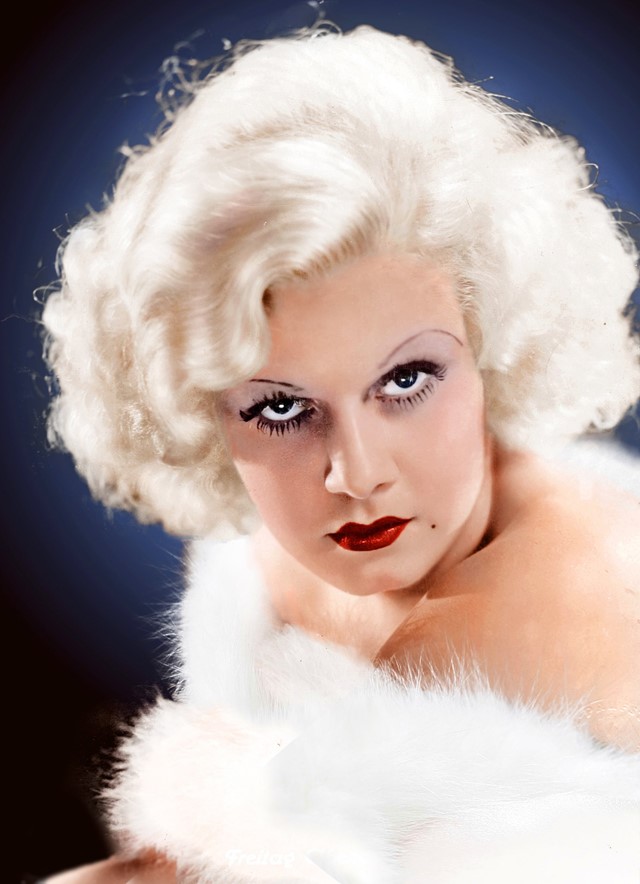
Jean Harlow
We would be utterly amiss to extol the virtues and vices of platinum blonde hair without mentioning the Hollywood starlets responsible for making it synonymous with glamour in the first place – not least among them, Marilyn Monroe. “In Hollywood a girl’s virtue is much less important than her hairdo,” wrote the actress in her autobiography, entitled My Story and published posthumously, in 1974 – and, disheartening though her cynical and highly experienced summation might seem, we’re in no position to argue.
Of course, Monroe wasn’t the first of her kind to turn to bleach for her signature look; she followed in the footsteps of 1930s sex symbol Jean Harlow, who famously refused she’d ever been anything other than a platinum blonde. What’s more, Harlow is considered the actress responsible for the term itself – she starred in the Howard Hughes-directed film Platinum Blonde in 1931, in what might be the most successful and cannily masterminded PR strategy ever dreamt up. Her blonde hue caused an uproar when she first debuted it in the 1930s, as it fell in sharp opposition to fashions of the time and, tragically, it might even have had some part to play in her premature demise. At the age of 26 Harlow died of kidney failure, a death reported by The Atlantic newspaper to have been caused by the noxious combination of chemicals she used as bleaching agents.
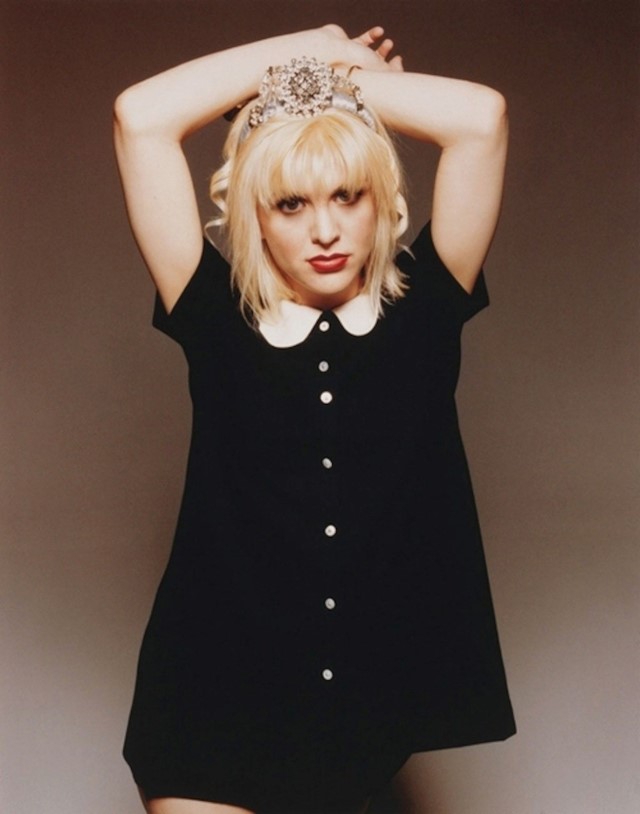
Courtney Love
As history tells it, Kurt Cobain had yet to meet Courtney Love when he and Nirvana released the iconic 1989 album Bleach, but that doesn’t make the link between the name of the debut and the lover of the band’s frontman any less poignant. Is there any more iconic peroxide blonde, after all, than Courtney Love?
The Hole co-founder is one of pop culture’s favourite platinum blondes, heading up the 1990s grunge movement which was to embed itself indelibly in the fabric of the decade. Her unforgettable marriage of 1950s startlet glamour – all white halter tops and gleaming cherry red lips – with a distinctly dishevelled finish placed Love at the very forefront of a generation of unwashed greats, all conscientiously striving to achieve a similarly nonchalant disregard for their mothers' societal standards.
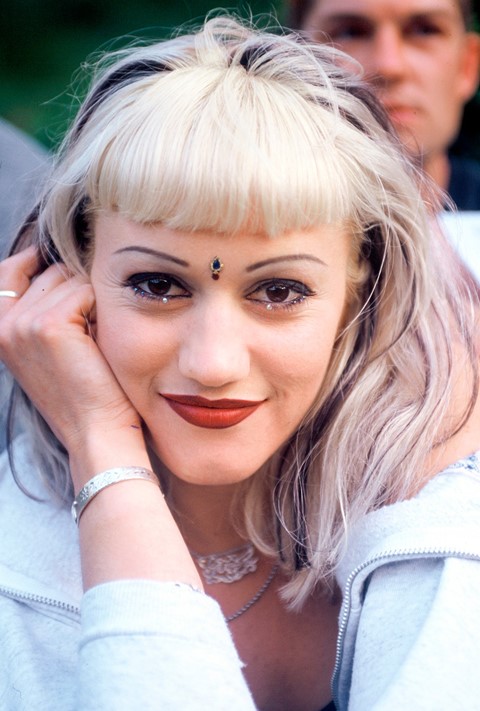
Gwen Stefani
“Gwen Stefani… natural hair” is among the first results to crop up in a Google search of her name – a fact which is proof, if any were needed, that the real shade of the No Doubt frontwoman’s shiny, impossibly well-nourished blonde locks remains among the world’s greatest secrets. Dabbling in colours from powder blue and peachy pink to lilac and back again, Stefani has stayed true to her platinum base ever since she and her band first burst onto the pop scene with their self-titled debut album in 1992 and even now, some 25 years later, she continues to maintain the impossibly difficult colour.
Her secret weapon, the internet divulges, is Danilo – the Pantene celebrity hairdresser who has made it his life's work to ensure that Stefani's hair remains healthy, in spite of years of bleaching, and that the world never spot so much as a glimpse of a dark root. “I am very devoted and I have a wonderful collaborator," he told E! News. "I have a theory and Gwen has a desire. We're really proud of that and we take it very seriously. The truth is Gwen's hair has a career too. It has to entertain, it has to perform.” Say no more.
